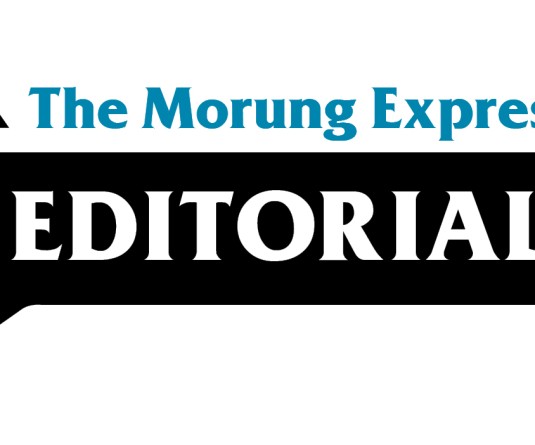
The intervention of the Naga Hoho to institute a Peace committee as a step in seeking to resolve differences by building understanding amongst the Nagas is an initiative well appreciated. While this decision by itself is not the end; they will be faced with greater challenges that will require greater resolve and wisdom to make sound decisions. Perhaps the first of its challenge is to decisively decide the nature and composition of the committee. The decision it takes, may as well decide the outcome of this initiative.
While the public waits and watches as to the direction in which the Hoho will take, there are already ongoing discussions on how the composition of the committee will look like. It is quite understandable that a traditional institution like the Naga Hoho, which functions along patriarchal modes of representative governance, may like to form a committee on the basis of tribe representation. In today’s context, representation can no longer be solely on the basis of tribe. Therefore, by default, this exclusive approach invites two fundamental concerns.
One, by defining the notion of representation strictly on tribe organizations - which have mostly older men in decision making – it leaves out the women and the youth, who today form the majority of the society. And therefore, if women and youth are left out form this process, the initiative would lack a democratic character. Two, in deciding to form along tribe lines, the very intent of the initiative, which is to build understanding and reconciliation, will be undermined. The nature of reconciliation demands transcendence; and hence the process itself needs to clearly demonstrate actions that indicate going above tribal lines.
In the just concluded Weekly Poll of The Morung Express, only a very negligible percentage of voters were in favor of the Peace Committee being formed on the basis of tribes; the majority of the votes unanimously favored a more inclusive Peace Committee that composed of a mixed group of people. The implications of the poll results indicates a perceived notion that the Naga Hoho while providing the traditional leadership must also have the will to include people of standing, experience, knowledge and competence in this particular field. The poll further implies that a more inclusive representation is required to arrive at a political consensus on which understanding can be persuaded upon.
Whether the Naga Hoho would even consider discussing and possibly even initiating a more public process to form the Peace Committee on the basis of a wider representation of interests remain to be seen. Notwithstanding the decision it takes, the emerging fact remains that there is a public desire for the Naga discourse to transcend tribal lines. Invariably to ensure its meaningful relevance in the daily affairs of the people, the Naga Hoho will find that it needs to at some point of time to go beyond its traditional composition, and to actively include the effective participation of women and youth.
This present crisis perhaps is the most opportune moment for the Naga Hoho to transcend from its traditional space to emerge into a more relevant and responsive entity in the future of the Nagas.





